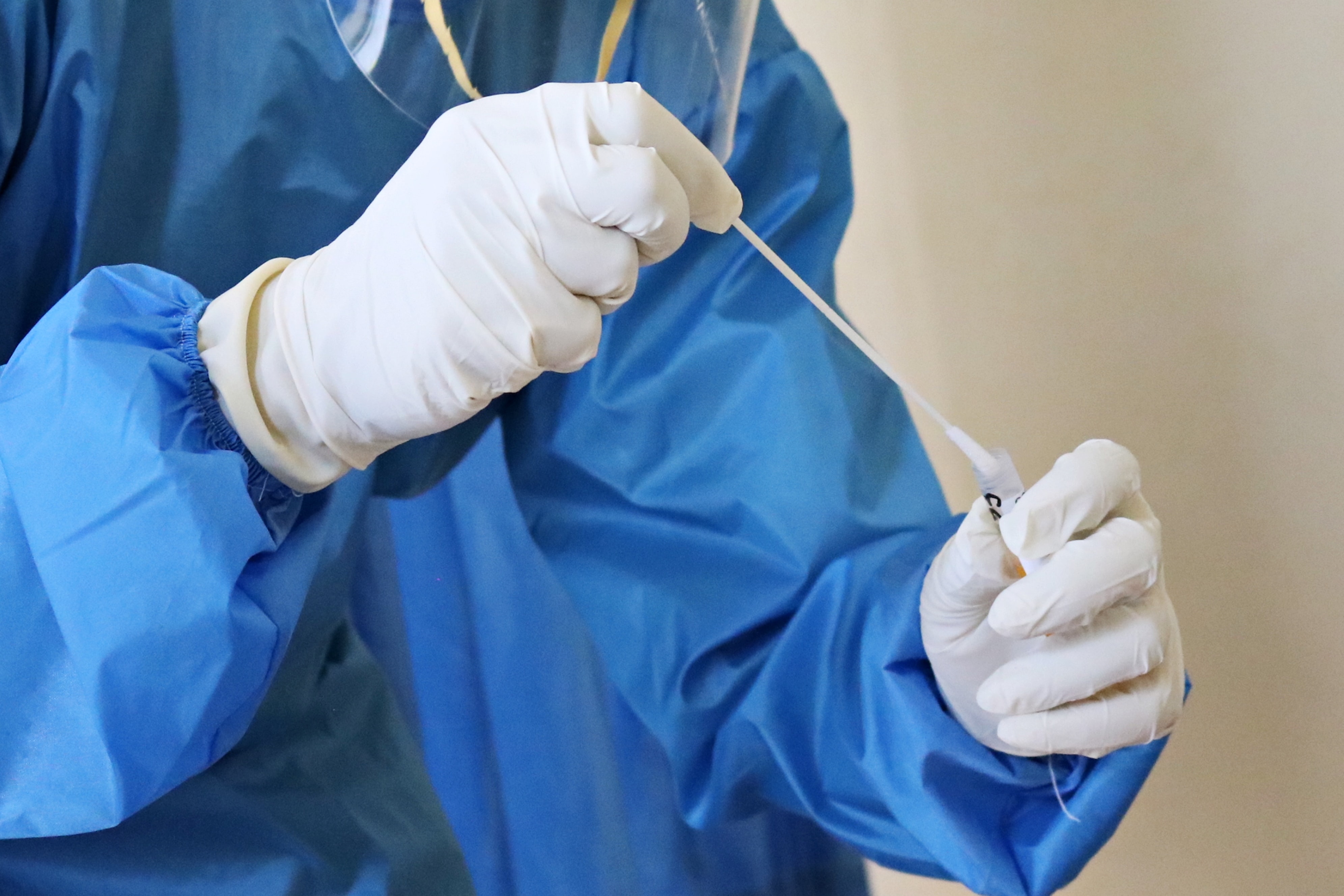When Systems Fail: UK Acute Hospitals and Public Health After COVID-19 – Professor Colin Haslam
In the report, When Systems Fail, the Foundational Economy Collective explains how and why our healthcare system lacked the capacity to respond to the surge in demand caused by the highly infectious Covid-19 virus. Relative to others, the UK healthcare system was peculiarly and irresponsibly vulnerable to any surges in demand.
As with other areas of the UK public sector, NHS organisational churning and hyper-innovation has left behind a hollowed-out post administrative state. The first wave of Covid-19 revealed how a complex and expensive reliance system like healthcare can outgrow the political capability to manage and direct it for the well-being of current and future generations.
There have been failures of management in the UK’s Covid-19 pandemic, such as the delay in ordering lockdown(s). But, more fundamentally, behind these failings lie a normal accident waiting to happen. This inevitability was inscribed in how the UK health system was structured and operated and our report focuses on two aspects: the funding and organisation of acute hospitals and public health laboratory testing capacity.
The acute hospital system lacked buffers because it was running with no margin of spare capacity, and lacked the critical care or general beds needed to cope with disruption. The public laboratory testing system lacked redundancy or back-up because Public Health England (PHE) was over-reliant on its own limited test capacity and could only slowly bring other laboratories online.
The acute hospital system in the UK is funded on a ‘pay as you go’ system coupled with real price reductions (the efficiency factor) for patient treatments (episodes). Within this funding arrangement, hospitals are forced to operate a lower stock of hospital beds but run these at higher rates of utilisation to keep the money flowing in. Other North European countries have more doctors or nurses in relation to their population in addition to lower acute bed occupancy rates. Two decades ago, NHS England acute hospitals operated with 136,000 beds running at 83 percent utilisation. It is now operating with roughly 100,000 beds running at an average of 90 percent utilisation, and many acute hospitals are well over this 90 percent. The Covid-19 pandemic soaked up free bed capacity very quickly and so it was necessary to put patients requiring other treatments onto lengthening waiting lists. According to NHS statistics, the number of patients with a referral to treatment waiting time of more than 18 weeks increased from 0.7 million in January 2020 to 1.5 million by January 2021.
In mid-March 2020, test-and-trace had to be abandoned because of limited testing capacity in the public health laboratory system, and by mid-June 2020 testing capacity had increased, but not to the point where laboratories could support an effective system to aid the lifting of lockdown. Over the past 40 years, the churning and reorganisation of public health undermined a laboratory system that was previously well distributed and had the potential to handle large-scale surge testing. Covid-19 revealed Public Health England to have a small world-class centre without the networks or working relations to scale-up testing. This was the unintended result of financialization, combined with the repeated reorganisation of NHS health services and public health.
What is to be done?
There is no doubt that adding more funding will be necessary but not sufficient by itself to avoid future fragility. Extra funding is a basic precondition of increased robustness. Adding safety buffers will be expensive, for example, to maintain bed capacity utilisation rates at 85 percent the number of staffed acute beds would need to be increased. This, we estimate, would add £4bn billion to NHS acute hospital spending budgets every year going forward. In the case of public health laboratory testing capacity, funding decisions can only be taken after reviewing demands for different testing technologies in a range of pandemic scenarios and available laboratory capacity in hospitals, universities, and life science companies. This too will need to have a built-in margin-of-safety supported by an ongoing and adequate funding stream if we are to secure equipment renewal, consumables, and trained technicians. After the Covid-19 crisis, there will be many other areas of demand for increased spending, such as social housing and elderly care provision. Therefore, more adequate funding of the NHS will almost certainly depend on reform of the UK tax system.
More broadly, we argue that we can learn a great deal from the experience of how the logic of clinical care for chronic patient conditions works. The analogy is here is with the NHS which is the chronic patient within complex conditions that cannot be completely solved, yet still manages to achieve a good life quality. The art of chronic care involves consultatively and iteratively managing the tensions between different concerns, and this is the approach we recommend for what we call a careful practice of policy. What is needed is a new policy-making process that involves decentralised experiment, a delegation of responsibility, loosening of top-down political control, and the creation of new fora for deliberation. To get the public health services that we all deserve, the state will have to be re-skilled so that it can deliver the administrative capability required for the careful practice of policy.
Note: This article gives the views of the authors, and not the position of the Mile End Institute or Queen Mary University of London.
